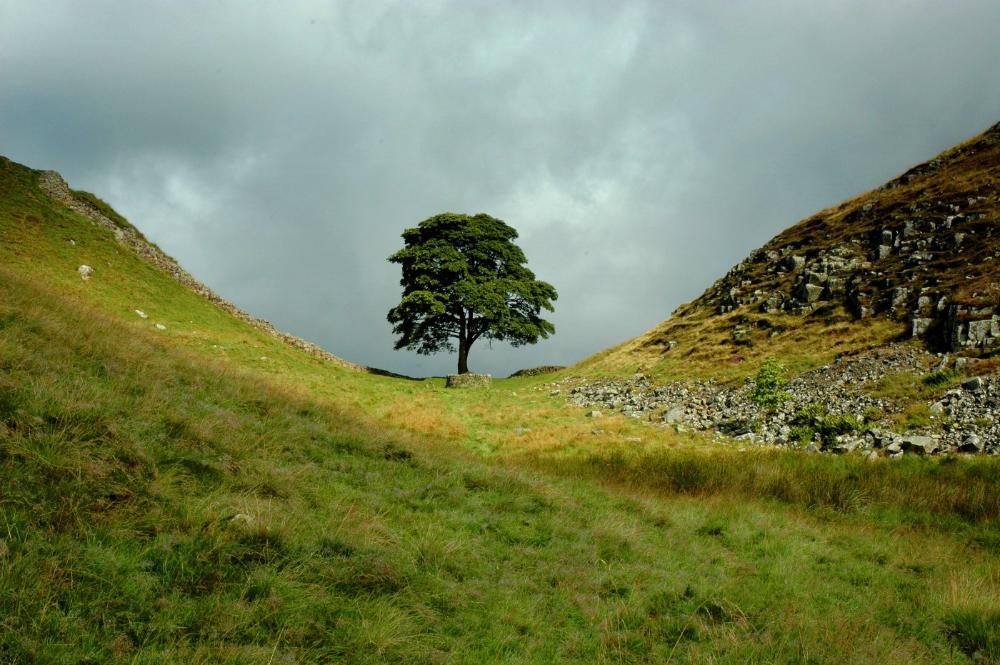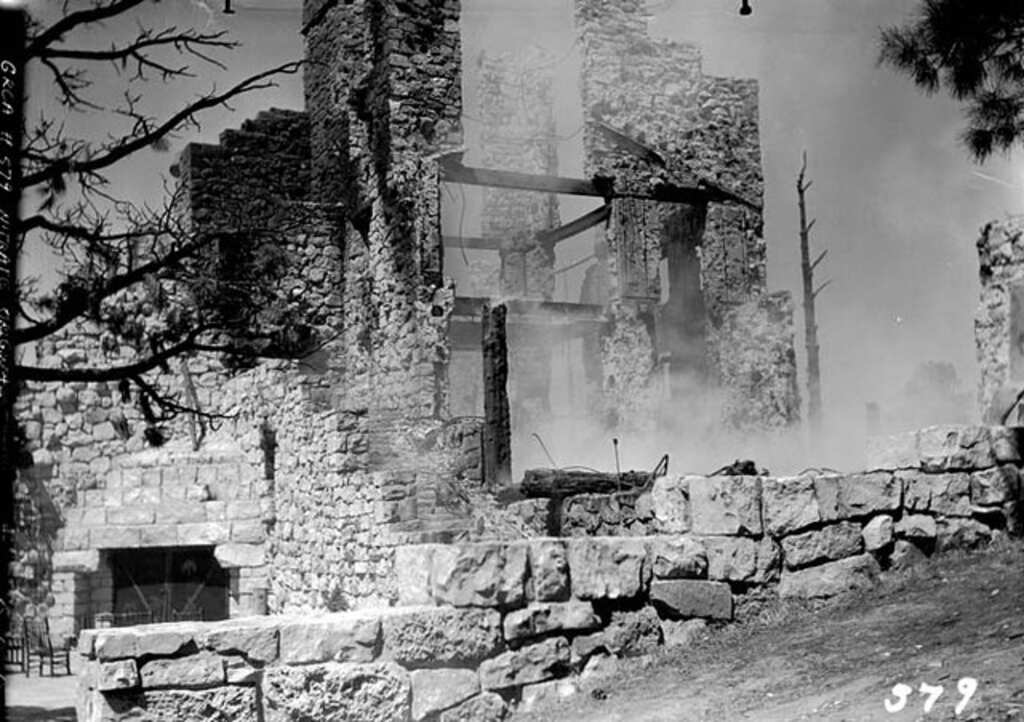In a case that sets new ground for environmental crimes in Britain, Daniel Graham (39) and Adam Carruthers (32) received prison sentences of four years and three months each for destroying the iconic Sycamore Gap tree. The July 15, 2025 ruling at Newcastle Crown Court marks one of the most severe penalties ever imposed for damage to a natural landmark in the UK.
Justice Christina Lambert handed down identical sentences to both men: four years and three months for felling the tree, plus six months to run concurrently for damaging Hadrian’s Wall, a UNESCO World Heritage Site. Under UK sentencing rules, they will serve approximately 40% of their sentences before release.
Crime Details Reveal Planning and Digital Trail
The evidence showed the pair drove 40 miles from Cumbria to Northumberland during Storm Agnes on September 27-28, 2023. Using a chainsaw, Carruthers cut down the approximately 200-year-old tree in under three minutes while Graham recorded video on his phone. The tree crashed onto Hadrian’s Wall, causing damage to the ancient Roman structure.
Prosecutor Richard Wright KC described the act as a “moronic mission” and “the arboreal equivalent of mindless thuggery.” Though both men initially denied involvement during their trial, they changed their accounts before sentencing, with Carruthers’ attorney Andrew Gurney claiming it was “drunken stupidity.”
The case highlighted stark differences between the defendants. Graham had prior convictions for violence and theft of logs using a chainsaw, while Carruthers had no criminal record. After their arrests, Graham attempted suicide in custody and received hate mail.
Hard Data Quantifies Cultural Loss
The court established precise damage values based on detailed assessments: £622,191 (approximately $826,000) for the tree and £1,144 ($1,500) for Hadrian’s Wall. These figures reflect the application of the Capital Asset Value for Amenity Trees (CAVAT) methodology, which accounts for cultural significance rather than just timber value.
The tree’s status as “English Tree of the Year 2016” and its appearance in the 1991 film “Robin Hood: Prince of Thieves” contributed to its cultural and tourism value. The sycamore stood in a distinctive dip in the otherwise treeless landscape along Hadrian’s Wall.
Digital Evidence Sealed Their Fate
Modern technology played a crucial role in securing convictions. Automatic Number Plate Recognition cameras tracked Graham’s Range Rover to the site. Metadata from his phone confirmed the felling video was recorded at the exact location, while text messages showed the men “revelling in notoriety.”
Messages recovered from Graham’s phone included boasts about the news going “viral” and “worldwide.” In one message to Carruthers, Graham commented on the stump: “Not a bad angle on that stump… That’s clearly a professional.”
Similar Posts
Public Response Measured in Grief
The National Trust, which co-manages the site, received over 600 emails from grieving citizens worldwide within a month of the incident. Andrew Poad, General Manager at the National Trust, called the tree “a totemic symbol” that “belonged to the people” in a statement read to the court.
“It was a destination to visit whilst walking Hadrian’s Wall, a place to make memories, take photos in all seasons; but it was also a place of sanctuary,” Poad stated.
Judge Lambert cited this widespread public distress in her sentencing remarks, noting the crime showed “a high degree of premeditation and planning.” She concluded the men acted out of “sheer bravado” and “revelled in the media coverage” their crime generated.
Nature Begins Recovery Process
Despite the destruction, signs of renewal have emerged. New shoots are sprouting from the stump, though experts note that it will take approximately 150-200 years for the regrowth to approach the former stature of the tree.
Recovery initiatives include the “Trees of Hope” program, with 49 saplings grown from the original tree’s seeds to be planted across UK public spaces—one for each foot of the original tree’s height. The National Trust has stated they are focused on “creating a positive legacy for the tree, working in partnership with others.”
Legal Implications for Heritage Protection
This case sets a precedent in UK environmental law. Legal experts note this appears to be the first time a substantial custodial sentence has been imposed specifically for illegally felling a single tree.
The sentences reflect the application of guidelines that place heritage damage in the highest category of harm for sentencing purposes, regardless of direct financial value. Despite claims of impulsive behavior, the court found the planning involved contradicted any defense of spontaneous action.

While the sentence closes the legal case, the deeper question of motive remains partly unanswered. Detective Inspector Calum Meikle acknowledged this gap: “That is potentially the biggest frustration people hold.”
The felling of the Sycamore Gap tree resulted in permanent loss of a natural landmark, but the legal response signals that courts now recognize the value of environmental and cultural heritage extends far beyond simple property valuation. The new saplings provide a tangible connection to the original tree for future generations.


















